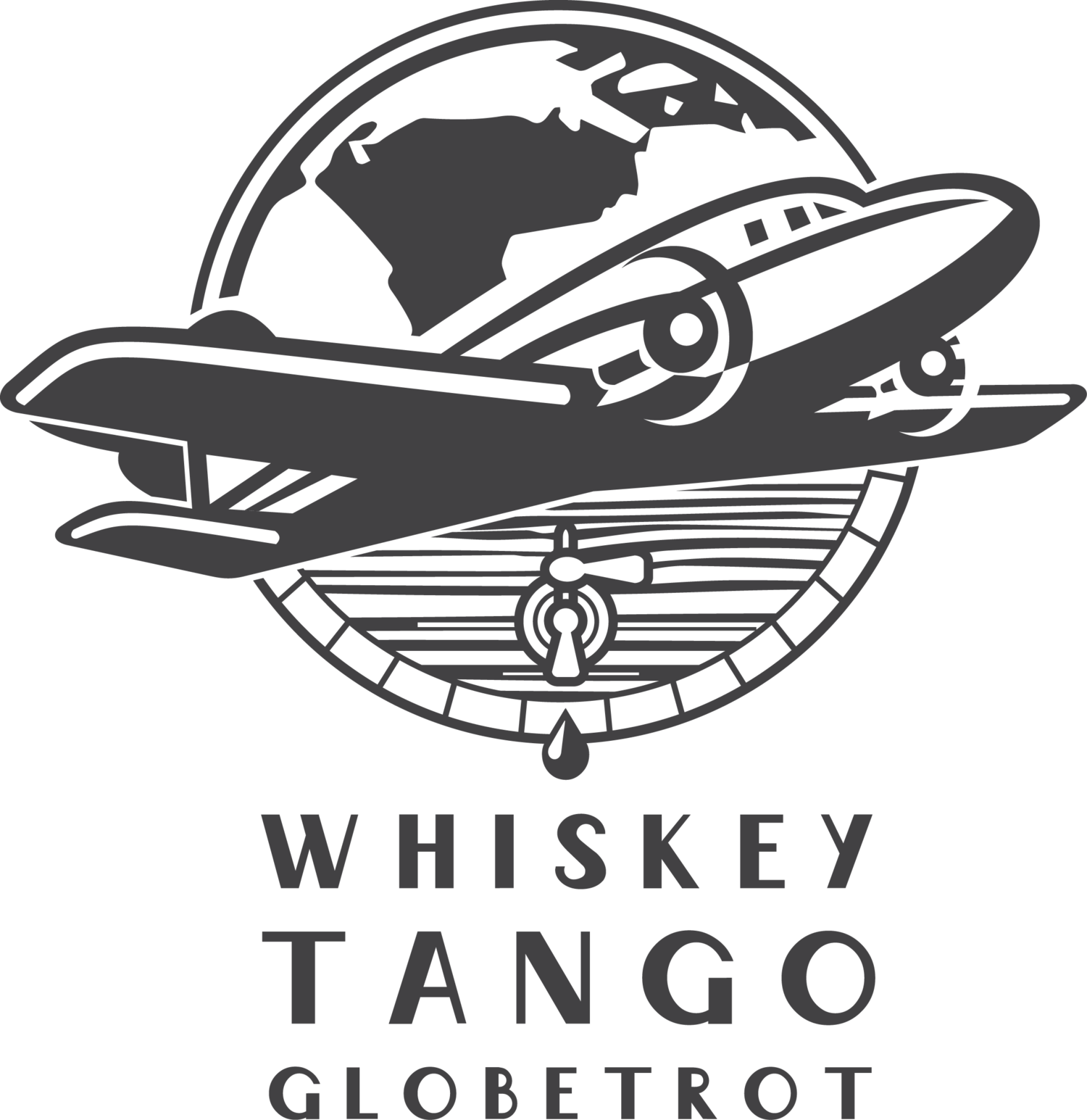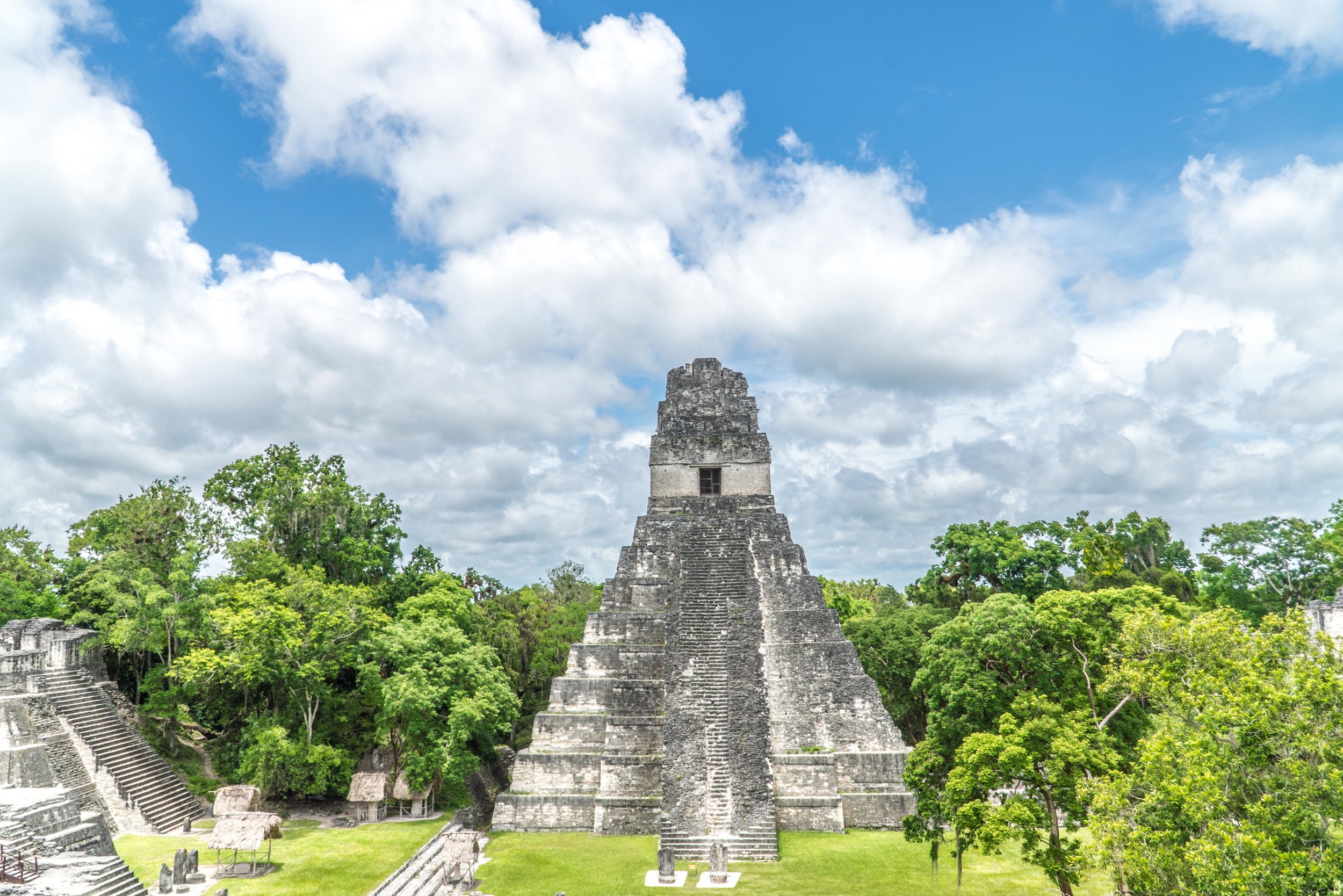The Drinks of South Africa
Quick, when you think of the drinks of South Africa, what comes to mind? Bueller? Maybe you think South African wine and subpar beers. Am I right? The fact is that Africa isn’t exactly known for its drinks like powerhouse destinations France, Italy, Scotland, and Japan, for example. However, what I found on this most recent trip to South Africa is that not only does South Africa’s drinks far exceed that of the rest of Africa, but exceeds many other destinations around the world. It's not just lagers and chardonnay. So today I’m throwing down on the many drinks you’ll find around South Africa. I think that like me, you’ll be surprised by what you find.
Castle Lager
If there’s one drink that seems to run through most of Africa, it’s the commercial production of lager beer. And South Africa is no exception, since it’s home to more than 30% of Africa beer production. The most popular is Castle Lager, one of South Africa’s oldest beers, dating back to 1894. Castle Lager has won a number of awards in its category, including World's Best Bottled Lager.”
Photo by Tyler Mant on Flickr
Craft Beer
Craft beer? In Africa? See it and believe ladies and gentlemen. In actuality, there’s a thriving craft beer scene in South Africa, especially in the Western Cape, around Cape Town, and Durban. Among them, a couple of my favorites were Boston Breweries and Devil’s Peak, both located in Cape Town. I found myself gravitating to Devil’s Peak IPA, called King’s Blockhouse, which is brewed in the west coast IPA style of brewing and tasted just like home. On a larger scale is Mitchell’s, located on South Africa’s Garden Route, and the second largest brewery in South Africa.
Umqombothi
The most local, micro-brewed beer you’ll find in South Africa, however, is umqombothi, which is a low abv beer (no more than 3% usually) made using corn, sorghum malt, yeast and water. Popular among the Xhosa people of South Africa, this isn’t something you’ll find at restaurants or bars, but more likely to find amongst a gathering of locals passing it around. You’ve been warned, however, that it’s sour and isn’t your everyday beer (and not something you'll get anything more then a little buzz from).
Photo by Marlon Dutra on Flickr.
Wine
If I can only devote one paragraph to South Africa wine (because there’s so much, and it’s so good), then it has to be to pinotage. As the name presumes, it’s a cross between a couple grapes, Cinsaut (also known as Hermitage) and Pinot Noir, and exists as the signature grape of South Africa wine country. As you may expect it’s a red grape, and produces a fruity, yet earthy flavor with a sweet, almost smokey finish. It’s really an underappreciated wine, but if you go to South Africa to drink one wine, make it pinotage, since South Africa is responsible for a majority of its production.
South Africa's Western Cape is actually one of my favorite wine regions in the world. It's in part because of the history, which dates back hundreds of years, but also because it's a strong producer of some of my favorite varietals, including Chenin Blanc and Sauvignon Blanc. Not to mention that South Africa's wine regions, such as Stellenbosch and Franschhoek, are just stupid-beautiful. The best part, you can get great bottles of wine for $10-$20. And glasses of wine for less than $2, like what I had at Cape Town's Old Biscuit Mill. You guys, glasses of wine for less than $2! South Africa wine could almost make the dollar menu!
Amarula
I’m pretty sure that Amarula is made from the milk of unicorns. Amarula is so delicious, and it hasn’t gone unrecognized, since it won gold medal at the 2006 San Francisco World Spirits Competition. It’s essentially a smooth, aged cream liqeur made from fruit of the African marula tree, which you’ll likely come across in Southern Africa. I like Amarula on the rocks before going to bed as a nightcap, although a popular shot is the springbokkie cocktail, which is one part Crème de Menthe and one part Amarula.
Photo (which is not me) by Alex Normand on Flickr.
Whiskey
Yes, they like their whiskey in South Africa. You’ll actually see Jameson billboards across the country. However, South Africa also has their own whiskey makers, such as Bain’s, the first South African whiskey to be named “World’s Best Grain Whisky” at Whisky Magazine’s World Whisky Awards. It has some spice to it, so if drinking it neat, you may want to add a splash of water. I highly recommend picking up a bottle if you’re in South Africa, since I consider it one of the best single malt whiskies for the price.
Generally speaking, there's a thriving spirits scene in South Africa. In addition to Bain's, other whiskey producers include Drayman's Highveld, Three Ships, and Knights. Inverroche, a gin producer, became my go-to gin while in South Africa because of their amber gin, which I enjoyed on the rocks with a slice of orange zest (Someone please bring me back a bottle of this!). Last, but certainly not least, my friend Dawn Jorgensen, has a distillery, Jorgensen's, where they produce a gin, brandy, vodka, absinthe, and limoncello in the Western Cape.
Klipdrift
However, many of these spirits are new to South Africa. Ask locals about South African spirits and they’re likely to instead mention Klipdrift (a.k.a. Klippies), which is a South Africa distilled brandy that dates back to 1938. You’re most likely to hear it referenced to a “Klippie and coke,” which is just that, brandy and coke. Even better, the distillery is located in Robertson, just east of the Western Cape’s top wine regions, Stellenbosch and Franschhoek, and open for tours.
Mampoer
Photo by booksa on Flickr.
Mampoer and witblits are to South Africa what moonshine is to America. That’s right, white lightning baby! While it’s not mass produced like moonshine has recently become in the U.S., you can still find mampoer (distilled spirit from fermented fruit) in some of the more local cultures. The best way to get a taste is through mampoer tours, such as in Groot Marico (just west of Johannesburg), which has tours offered by the Marico tourism office. Many of the mampoer makers produce fruit-infused products, just like you’ll find with some of the larger moonshine makers.
Rooibos
Well I wasn’t going to write about drinks and not at least mention some non-alcoholic versions. And thank goodness rooibos (essentially a legume plant, and considered to be medicinal) is non-alcoholic, otherwise, with as much of it as I consumed, I would have been dragged out of Africa. Rooibos, which means “red bush,” is grown in South Africa and is used in tea much like black tea. Every single place I stayed in South Africa had it alongside other varieties of tea, and I took it like many people do in South Africa, with sugar and milk to taste.
Photo by Inter Press Service by Flickr.
Rock Shandy
I first learned about the rock shandy when my guide ordered one at the bar, and then came to find out that it’s a popular nonalcoholic drink in Southern African countries. Different variations exist, but it’s largely equal parts sparkling water and lemonade with a few dashes of Angostura bitters. Order one from a bar in South Africa and they’ll likely know what to make you.




















